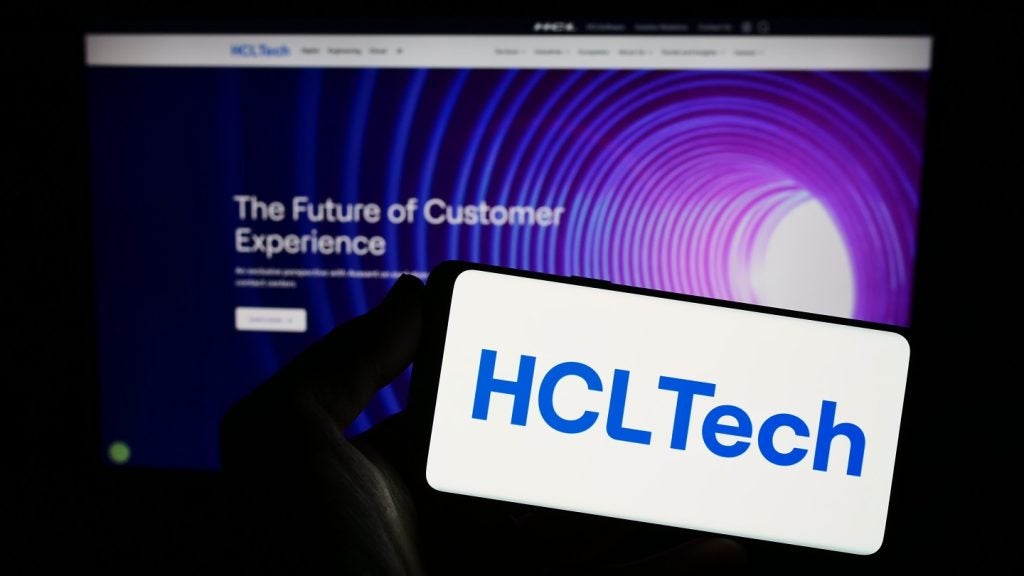
We were on the cusp of the next technological boom before Covid-19 hit. According to a 2019 report, an estimated 1.5 billion people were expected to be connected to 5G networks by 2024, and internet of things (IoT) adoption throughout industries was slowly picking up pace.
Covid-19 and the ensuing lockdown has undeniably accelerated this shift, presenting short, sharp shocks to business continuity across industries globally. All over the world, workplaces were required to adapt to a whole new environment, as employees were instructed by governments to work from home.
Many industries have now gone digital by necessity and in the process have generated new demands on IT infrastructure. We’re now witnessing the implications of these shifts on communications networks, data storage and management and more, as companies worldwide have shifted out of lockdown.
What is industry 4.0?
Industry 4.0 is an umbrella term for the adoption of IoT and associated technologies, which includes digital communications tools and smart manufacturing capabilities that connect physical production and operations with machine learning and big data. The pandemic has shone a spotlight on industry 4.0 as technologies such as 3D printing have proven instrumental in helping to meet demand for health and safety equipment in addition to the disrupted supply chain.
Post-Covid, the global 3D printing market size is estimated to grow from $11.4 billion in 2020 to $30.2 billion by 2025.
Interest and demand in IoT adoption across manufacturing has also seen growth during this period, the result of increased demand for digitalisation across production lines. An April 2020 report from McKinsey shows how in the wake of the pandemic, companies have been quick to adopt new technologies such as manufacturing execution systems (MES) to optimise production by centralising data stores, as well as digital heat maps to help make sense of the data, and additional sensors to help diagnose problems in manufacturing processes.
Additionally, smartphone applications are being introduced worldwide to track people with symptoms of the virus, leading to a mass transference and collection of data. In light of these changes, the advantages brought by 5G are now even more appealing as the need for faster connections and greater bandwidth has become more pertinent. With the ability of 5G to support over 250 times the number of devices currently supported per kilometre, we can expect the volume of data generated to skyrocket in the coming years.
An IDC report from May indicated the amount of data stored is now expected to hit 59 zettabytes in 2020 alone, anticipating that the next three years of data creation and consumption will eclipse that of the previous 30 years put together. As 5G is rolled out across the globe, this huge influx of data means many companies are being forced to rethink their IT infrastructure and approach to data management.
Building IT infrastructure to thrive
The rise of Industry 4.0 puts data centre-stage as a company’s most valuable resource. It is forcing businesses to think more strategically about how they interact with their data in order to keep up with the digital transformation taking place. This means having the infrastructure in place to enable teams to pull actionable, on-the-fly insights from the increasing amounts of data they generate. This also involves adopting an ‘abundance mindset’, because as technologies develop, all business data is potentially valuable and so needs to be saved for future use. And since the cost of data storage has dropped dramatically over the past five years, storing infinite amounts has become a viable option.
Most companies now understand that the best way to manage their data in a way that’s scalable is by migrating it to the cloud, or in many cases, to multiple clouds. To cope with the explosion of data that Industry 4.0 heralds, many businesses – wary of putting all their eggs in one basket – are considering a multi-cloud approach, which refers to the deployment of more than one cloud (public or private) sourced from different vendors.
Being ready for Industry 4.0 beyond the pandemic
Data that resides in the cloud still needs to be backed up and it doesn’t make sense to keep backups in the same cloud as the primary data. So it’s increasingly common for companies to have their primary data in one cloud while keeping a secondary copy in another. Alternatively, a hybrid cloud approach would allow you to run your platform on a private cloud on-premise, which can then be linked with other services running on a public cloud.
In the era of IoT, when technologies are increasingly interconnected and distributed simultaneously, being able to store data locally is critical. For most companies it’s not affordable to open many on-premise data centres around the world, and the alternative is to process data in a central location far from where it’s operationally needed. In this instance, cloud storage is a much more viable solution, as it has the scale to run many data centres around the world, closer to the ‘edge’.
While Covid-19 has had a devastating impact generally, the shifts it has triggered in the realm of digital transformation can’t be ignored as tech developments will continue to play an important role in response to the pandemic and beyond. Future growth in the area of smart technologies depends on having fast and easy access to huge troves of data, and being able to analyse it effectively. It follows that moving data to the cloud is a fundamental step in the process.
David Friend is the CEO and co-founder of Wasabi Technologies, an object storage service provider based in the US.
Read more: Industry 4.0: How Tetra Pak is adapting to digital manufacturing







